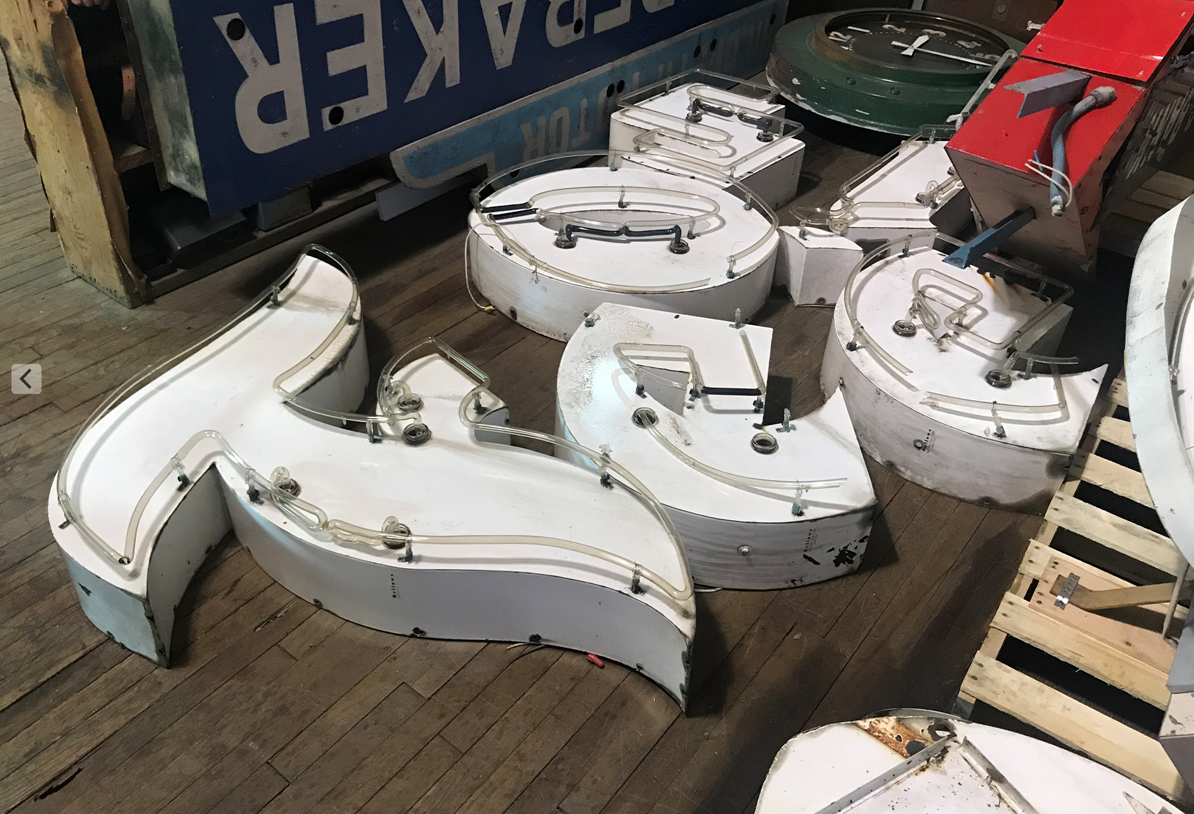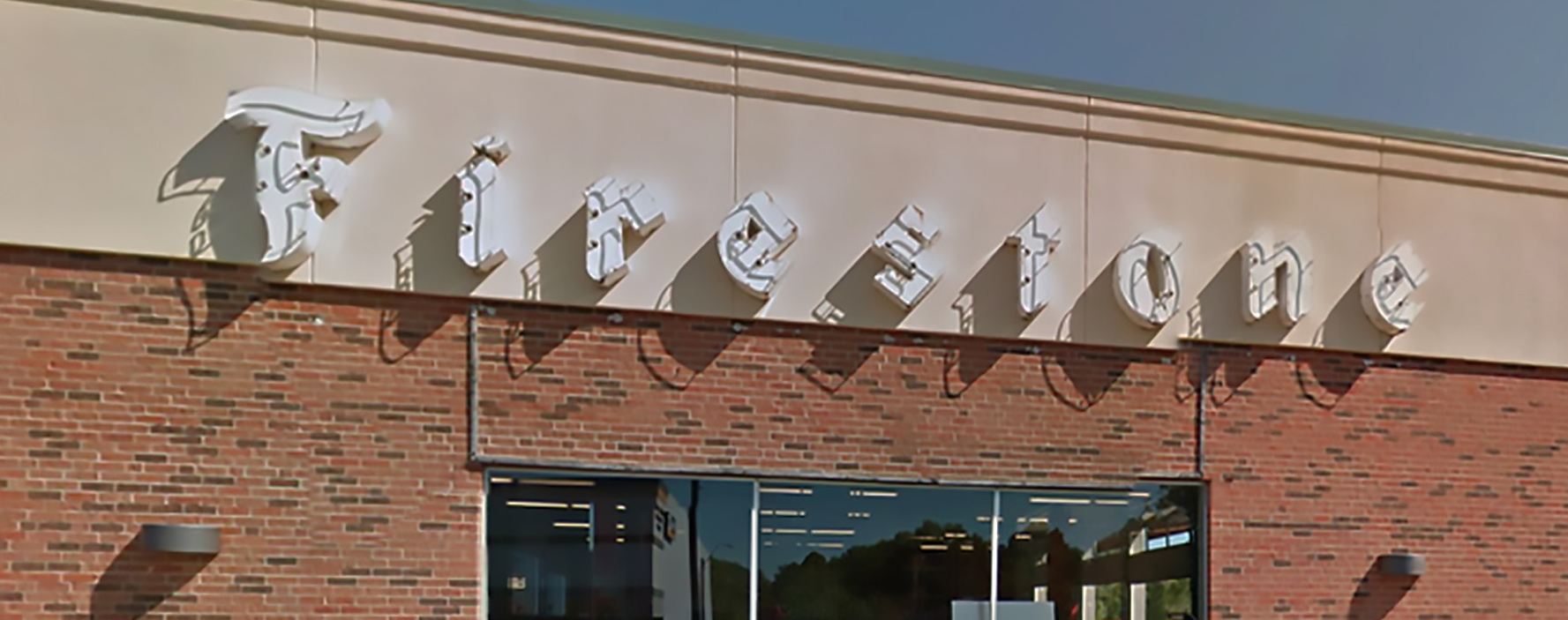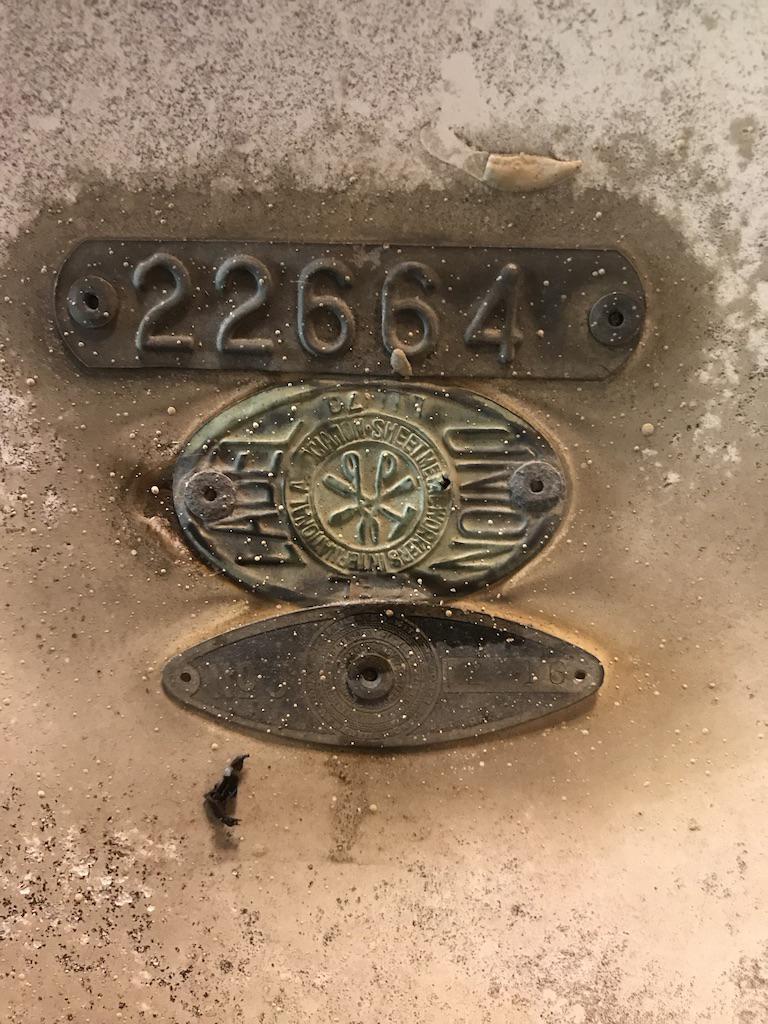Firestone
Firestone
Harvey S. Firestone (1868-1938) founded Firestone Tire and Rubber Company in 1900. Initially selling solid rubber tires for fire apparatuses, he later sold pneumatic tires for virtually every form of wheeled transportation common to the era. Recognizing the potential of marketing tires to automakers, Firestone quickly became a pioneer in automobile tire mass production.
Originally based in Akron, Ohio, along with Goodyear, General Tire, and B.F. Goodrich, Firestone began with just 12 employees. In 1906, Firestone’s friend Henry Ford chose Firestone to supply original equipment tires for Ford Motor Company.
The 20th century brought expansion and diversification to Firestone. In 1918, Firestone incorporated in Canada. In 1926, it opened a million-acre rubber plantation in Liberia, West Africa. The same year saw the opening of its first Firestone Tire and Service Center, a division offering automotive maintenance and repair. By the late ’20s, Firestone established a huge manufacturing footprint in southern California, as well as Brentford, England. In 1936, 3000 workers opened their largest manufacturing plant in Memphis, Tennessee.
During World War II, the U.S. Government called on Firestone to manufacture artillery shells, aluminum kegs for food transportation, and plastic helmet liners. In 1951, during the Korean conflict, they were given a defense contract to produce the MGM-5 Corporal missile, a surface-to-surface guided missile.
Some fun facts for racing enthusiasts: Winning cars in The Indianapolis 500 for the year 1911 and for all years from 1920 to 1965 ran Firestone tires. Firestone provided tires to NASCAR from 1948 to 1974 and to Formula One racing from 1950 to 1974. Citing costs and reduced testing budgets, it mostly pulled out of motorsports by 1974.
In the late ’70s, Firestone recalled more than 7 million Firestone 500 tires. Congressional hearings found the tires to be defective and the cause of 250 deaths. In 1980, it was found that Firestone knew the tires were defective; they were fined $500,000, at that time the largest fine imposed on any U.S. corporation. Multiple lawsuits followed, most filed and settled out of court, but the negative publicity was crippling. Firestone hemorrhaged money and by 1979 was a billion dollars in debt.
Restructuring required closing nine of seventeen plants, spinning off non-tire related businesses, and moving its headquarters to Chicago. The plan was to boost its stock price. At great expense to plant workers, it worked. In 1988, the company was sold to Japanese Bridgestone Corporation.
Before being switched out for LED technology, LUMI’s 1964 Firestone sign hung in Kansas City’s Waldo district at 7575 Wornall Road. LUMI is indebted to Infinity Sign for its donation and its rescue from partial burial in a field. It was in remarkably good shape.
Harvey S. Firestone (1868-1938) founded Firestone Tire and Rubber Company in 1900. Initially selling solid rubber tires for fire apparatuses, he later sold pneumatic tires for virtually every form of wheeled transportation common to the era. Recognizing the potential of marketing tires to automakers, Firestone quickly became a pioneer in automobile tire mass production.
Originally based in Akron, Ohio, along with Goodyear, General Tire, and B.F. Goodrich, Firestone began with just 12 employees. In 1906, Firestone’s friend Henry Ford chose Firestone to supply original equipment tires for Ford Motor Company.
The 20th century brought expansion and diversification to Firestone. In 1918, Firestone incorporated in Canada. In 1926, it opened a million-acre rubber plantation in Liberia, West Africa. The same year saw the opening of its first Firestone Tire and Service Center, a division offering automotive maintenance and repair. By the late ’20s, Firestone established a huge manufacturing footprint in southern California, as well as Brentford, England. In 1936, 3000 workers opened their largest manufacturing plant in Memphis, Tennessee.
During World War II, the U.S. Government called on Firestone to manufacture artillery shells, aluminum kegs for food transportation, and plastic helmet liners. In 1951, during the Korean conflict, they were given a defense contract to produce the MGM-5 Corporal missile, a surface-to-surface guided missile.
Some fun facts for racing enthusiasts: Winning cars in The Indianapolis 500 for the year 1911 and for all years from 1920 to 1965 ran Firestone tires. Firestone provided tires to NASCAR from 1948 to 1974 and to Formula One racing from 1950 to 1974. Citing costs and reduced testing budgets, it mostly pulled out of motorsports by 1974.
In the late ’70s, Firestone recalled more than 7 million Firestone 500 tires. Congressional hearings found the tires to be defective and the cause of 250 deaths. In 1980, it was found that Firestone knew the tires were defective; they were fined $500,000, at that time the largest fine imposed on any U.S. corporation. Multiple lawsuits followed, most filed and settled out of court, but the negative publicity was crippling. Firestone hemorrhaged money and by 1979 was a billion dollars in debt.
Restructuring required closing nine of seventeen plants, spinning off non-tire related businesses, and moving its headquarters to Chicago. The plan was to boost its stock price. At great expense to plant workers, it worked. In 1988, the company was sold to Japanese Bridgestone Corporation.
Before being switched out for LED technology, LUMI’s 1964 Firestone sign hung in Kansas City’s Waldo district at 7575 Wornall Road. LUMI is indebted to Infinity Sign for its donation and its rescue from partial burial in a field. It was in remarkably good shape.



